Cheapest useable and useful options - second hand hand scopes. Approximately $20 < 100. This includes hand held digital skin scopes or the celestron type that does that, plus has a basic stand for slides.
The best value for starting out. Approximately $100 < 200.
Bright field Blood.
One hour on slide, under a slip , congealed but still flowing in channels.
Just Art.
Brightfield video showing blood flow. Yes, darkfield is good for seeing some stuff that brightfield doesn’t show but brightfield is also ample for seeing rouleaux and other blood behavior. You can also use cheap staining methods from food dyes to methylene blue or a darkfield path kit for more details.
…………..
NEO…. Below is a video from Neo. Now Neo has made some very bold claims about no one being willing to show his “ground breaking work” including unsubstantiated claims against a few good people who didn’t think it worthy to post or perhaps thought it didn’t add anything to our collective knowledge required to understand what we are dealing with. I tend to agree with the latter, but regardless its a nice video and I am happy to post it here.
It looks like you have a decent scope Neo and I am wondering why you choose to make the claims you do, as what you have here is just a higher quality version of what I have posted above from a cheap scope? It would appear to me that you are someone who has the knowledge and kit to make a real contribution, so I do question your motives. I remain happy to post anything you bring that is actually new or adds to our understanding. Also with some description to go with it please.
Looks like its at X4 objective? Thanks.
…………….
With the aperture closed. x10 objective x15 eyepiece plus phone cam zoom plus a slight patch shading effect. This scope has a x40 and a x100 oil objective as well. Not bad for $100.
A Morg, A tad of probable graphene, a bubble of gel and a few other unwelcome critters, brightfield, and a clear enough image of my blood to see what was happening at the time.
This is pre having rouleaux. About 45 minutes on the slide so the blood is breaking down in a normal way with the spikey effect kicking in. When fresh about 5% were spikey which is still more than normal.
They keep reminding me of snakes for some reason.
Nice to see color too.
Decks.
A good deck saves a lot of time and gives more accuracy when adjusting slides. Took this one off to see if I could slap my darkfield adaptor into it. This is a cheap deck and not smooth.
Darkfield adaptor is on the left , bright field on the right. Notice on the bright field one it had an aperture that you can close to a very small central hole - this is the opposite of darkfield that blocks the central light. Also it has a swing out piece that you can put a darkfield patch in. Then you would open the aperture wide and let the very outer ring of light through .
This $100 bio scope will be set up for time lapse on cultures eventually. It has some features that my big one doesnt suck as the 360’ swivelling eyepiece which makes taking pics easier.
Halogen lamp, easily modifiable as well for me to bung in a UV, IR or other form of light.
Ah, the mysterious Dark Field. And its so simple.
Dark field is just a method that blocks the central light coming to you through the scope.
The small amount of light that you allow to come from the edges gives the dark field effect.
This can be done with patience and a normal bright field scope at no cost at home. They didn’t tell me that at the microscope shop.
Instead they wanted to sell me a $600 piece of equipment that I wouldn’t have used at all. Buyer beware I say.
If someone was going to set up a business doing the full live blood analysis then the 35 to 10 k units would be worthwhile. For what we citizen researchers need to identify rouleaux etc in the blood and fibres that are contaminating everything I see now a basic scope with a darkfield patch kit is ample.
The trinocular one I bought is useful now that I have it, but in hindsight I could have done most of what I need with something at 20% of the cost. About $US 250.
I have done this to show it can be done by anyone.
https://www.microscopeworld.com/c-339-darkfield.aspx
https://www.edmundoptics.com/knowledge-center/application-notes/microscopy/optical-microscopy-application-darkfield-illumination/
Also there is a darkfield slider that is reasonably cheap that’s worth a look when choosing options.
search for - microscope dark filed patch kits - images . This will explain better.
……………
From Eric at FM8. These scopes are also only $100 odd and can be used for most basic requirements. Also you can put you hand under it like this lady did to examine a cut. She had cut her hand, inspected it for morgs (An old hand at morgs apparently) then bandaged it. After removing the bandage this is what she found.
$100 lets you join the struggle like a pro for morgs…..
https://www.amazon.com/dp/B08G4Y6C65?_encoding=UTF8&ref_=cm_sw_r_cp_ud_dp_59QMAB4CW8YDD0RKKEFT&th=
As always I say go direct to the company if possible. Stop funding our own demise by supporting those doing it with your $.
………….
On cameras.
You will have to pay a lot to get a camera designed for microscopes that will come anywhere near the resolution of a mobile phone or even better a not too old digital SLR camera. Adaptors for these are very cheap. There are a lot of advantages with the phones, such as easy time lapse and linking to your PC etc. Or the SLR with a remote shutter.
I bought a xiomi 10 second hand phone for $50 because it had an aftermarket screen with a black spot ($500 new?). As I only want it for the camera its perfect and has great resolution, zoom and a massive 108mp. Hate to imagine what a scope cam with that capacity would cost.
………
Eyepieces.
These are a relatively cheap way to increase magnification. A 1950’s x 15 eyepiece fit directly into my new scope trinocular and is what I now use with the phone camera permanently mounted in the holder. That eyepiece was very high quality and scratch free. That whole 1950’s scope was immaculate and cost me $16 as an antique. My scope came with x 10 and x 20 eyepieces, this is how they claim x 2500. problem is that the image you see is distorted so I don’t use the x20’s.
Cheap Dark field.
Home made patch kits for microscopes. Look up a few videos on gootube for that. Or spend $10 < 20 and buy a professional one. I just made a few at home when I first got started, while waiting for my darkfield adaptor.
This guy has heaps of good tutorials for more info. Just don’t ask him about live blood!
Objectives
Dry vs Oil.
I have only used my oil objective once. For most citizen scope users they are a waste of money, messy and restrictive. While I will be putting mine on at some stage temporarily, its only due to the fact that I want a few clearer pics of the q dots.
The oil can be used though on a sample to help clarity, you just have to be sure you don’t dip a dry objective in it by mistake. If I use oil on a slide I only use the X4 and X10 objectives.
Infinity objectives - I want one.
As a starter I would have asked for a scope without any oil objectives and had a higher power dry one supplied. I bough a x 60 chromatic for mine and it has its place but in hindsight I would have spent a bit more and got an infinity.
…..
$ 200 < $1000
A large range of choices, Omax and Amscope being in this cheaper range. These are sturdy workhorses and ample for most. You can also upgrade them with higher quality objectives and other bits later on.
A trinocular adds a lot of choices later on as well, and I am glad I got one.
Also if you find that you want to really upgrade , second hand scopes are sue to be in bigger demand as more realize they are a modern essential for every family group to deal with the modern issues.
$1000 to $3000. I hope you contribute some of your work here and advice. I will be taking the best comments and editing them into the main post.
$3000 and up? Find that expert and unlike myself, perhaps listen to him.
Having been given the phone number of the top scope expert in my country I rang him to seek advice. Then didn’t take it. My confidence was shaken when I suggested it was a shame we couldn’t have a Rife scope today. Who was Rife? as an answer was like a sparky not knowing who Eddison or Tesla were to me.
The scope I bought is in the previous scope post and I am happy with what I can do with it.
My final suggestion would be to spend 50 to 60% of your scope budget on a scope as you will want a cleaning kit, slides and other paraphernalia as well.
As I said, this will be the only Scope post on my site and I will just update and add to it over time. Hopefully any questions here are answered by other subscribers.
Any of you that buy scopes are welcomed to send what you find to be included in a regular post of contributions from others. Good descriptions of samples and techniques appreciated. Openly or anonymously is fine. We have no end of stuff to look at and at differing levels of magnification required. If you find something that requires more in depth look we may be able to get someone with a better kits to have a look.
Thanks, matt.




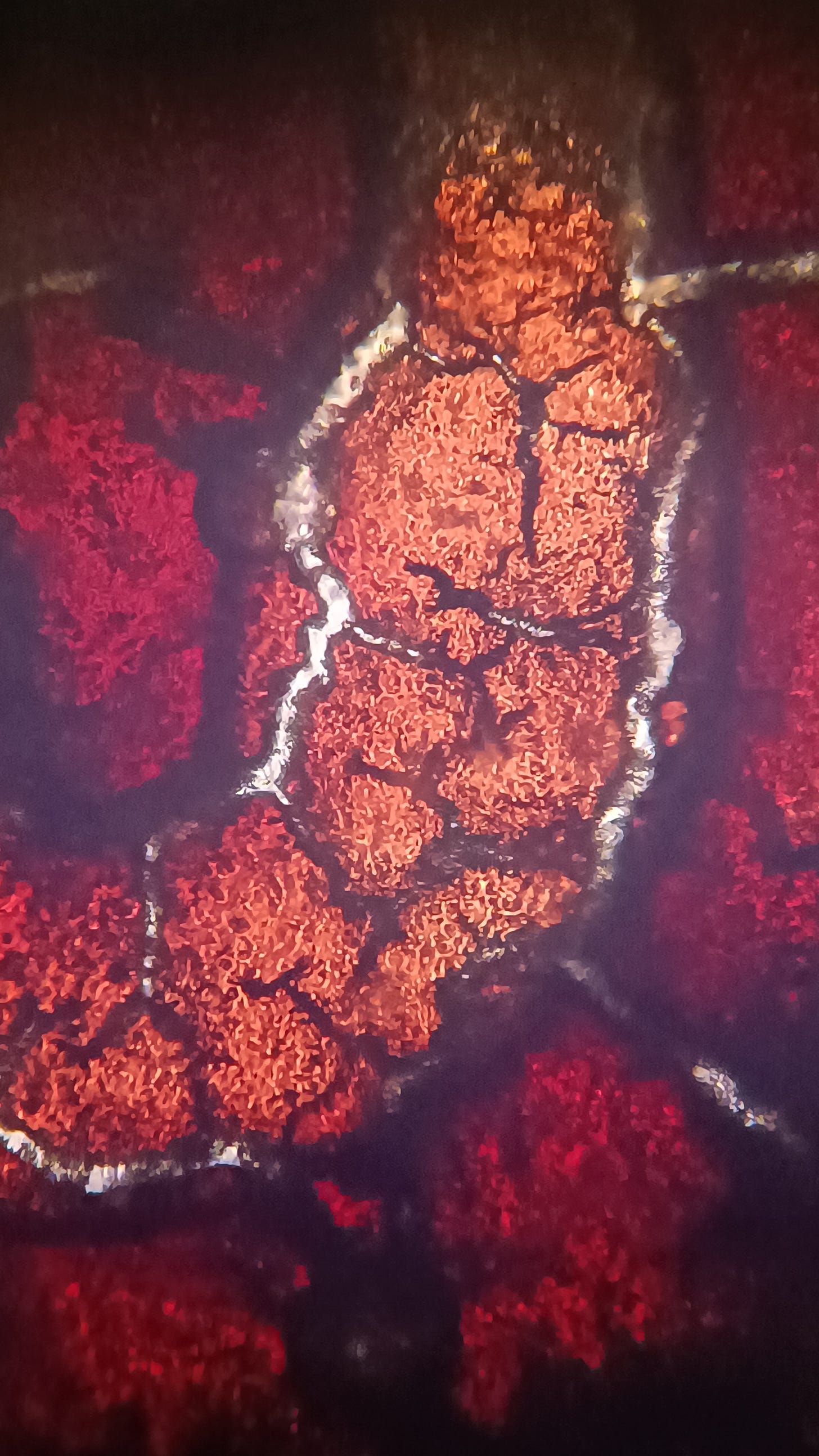
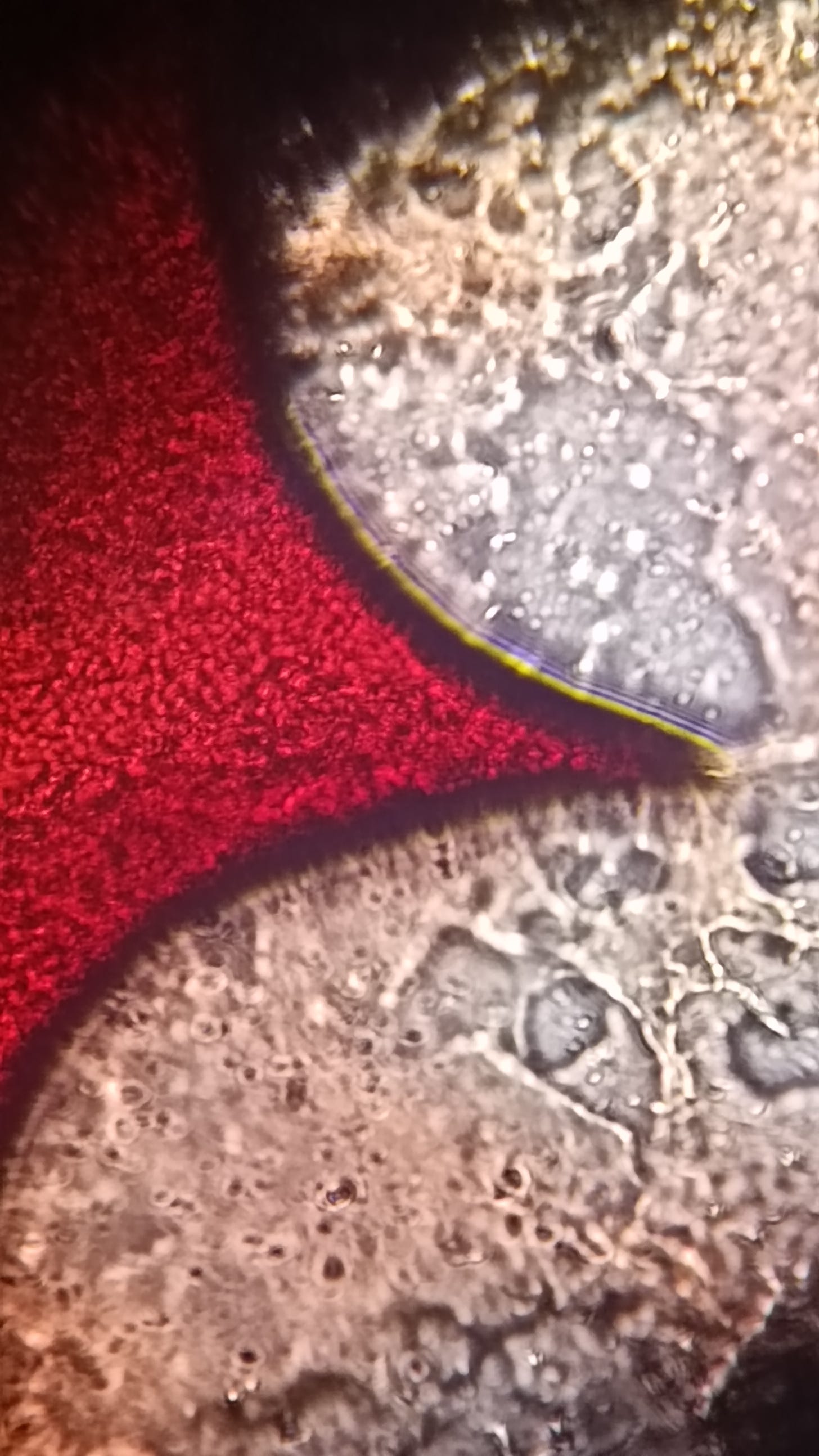
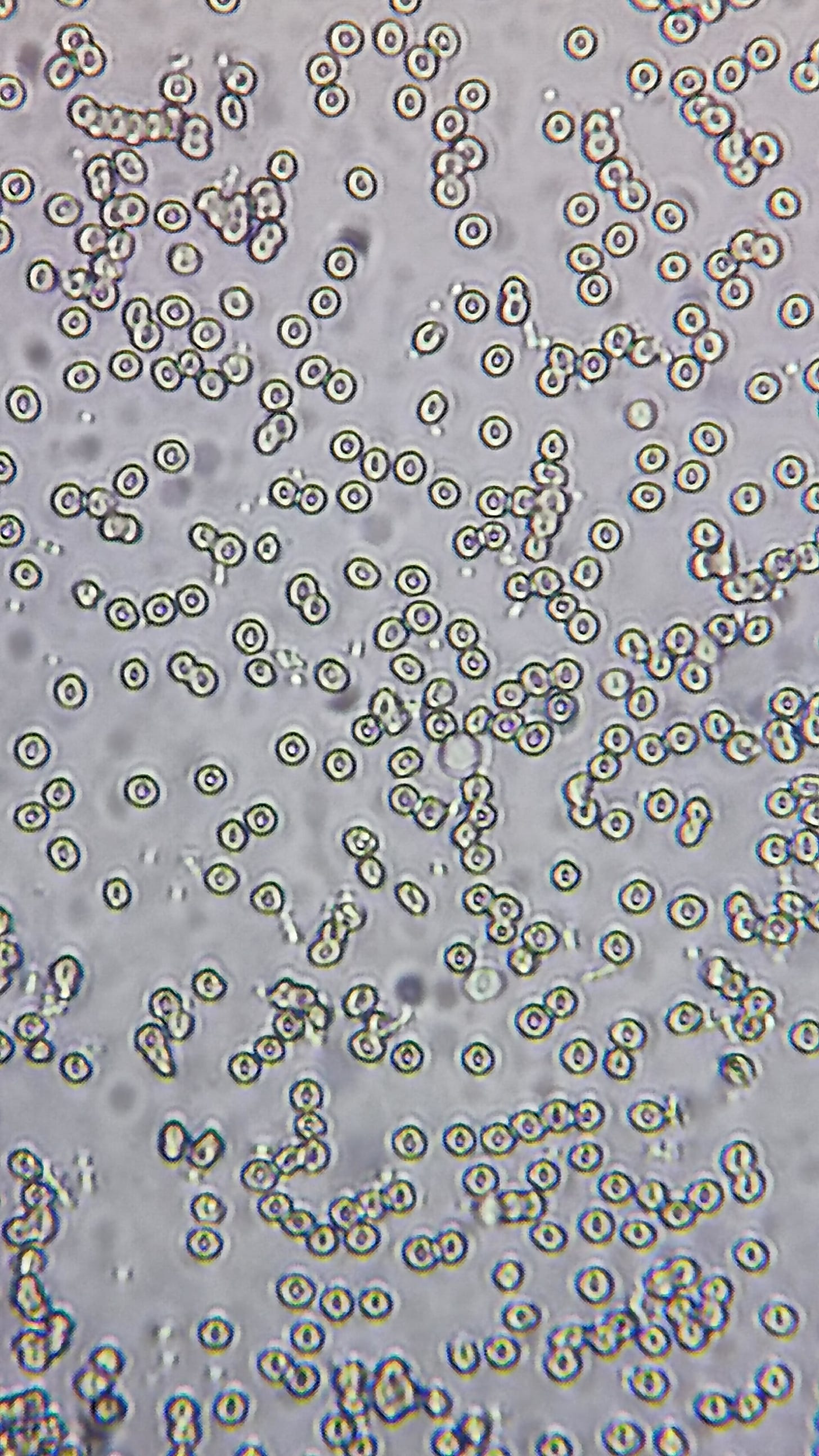
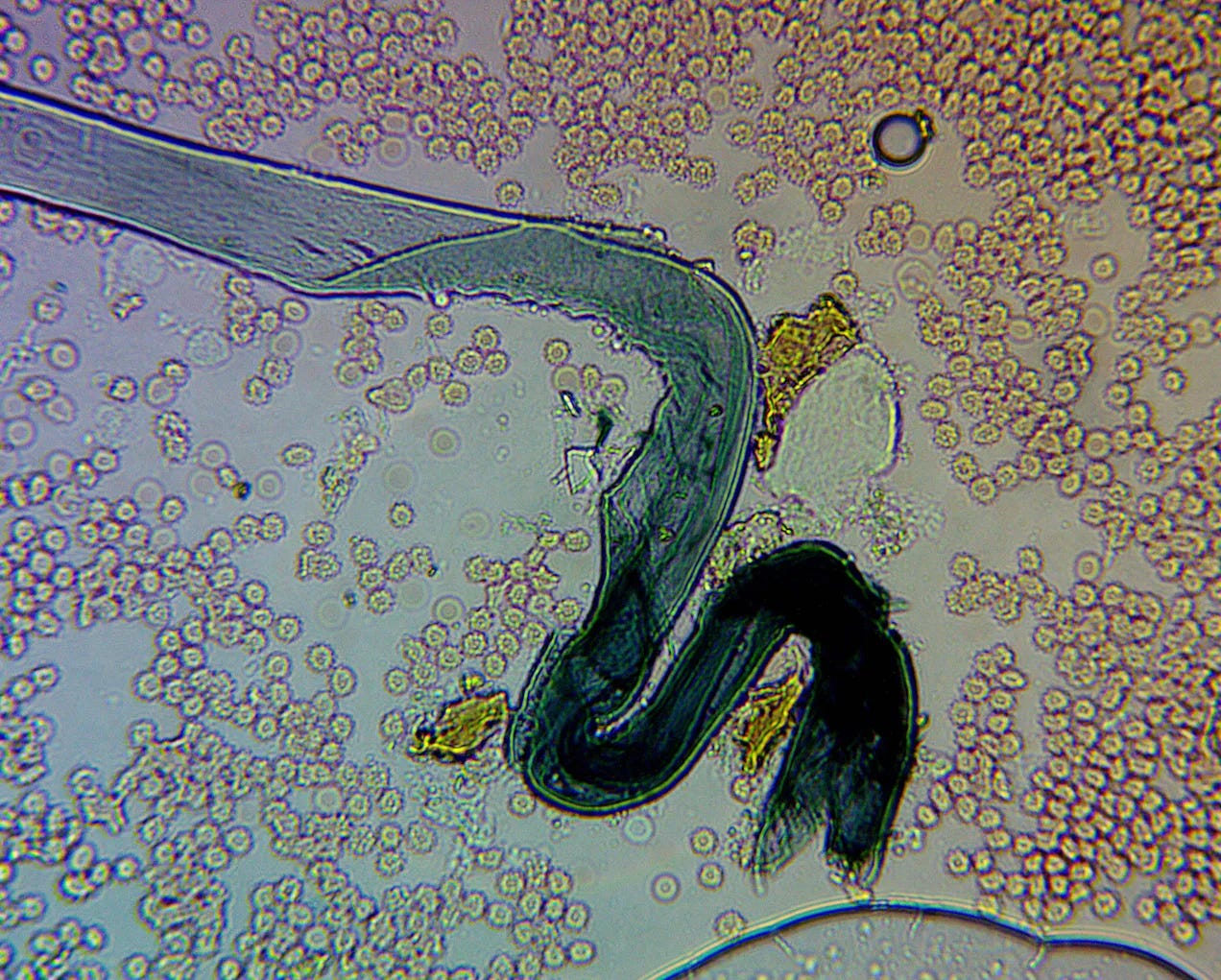
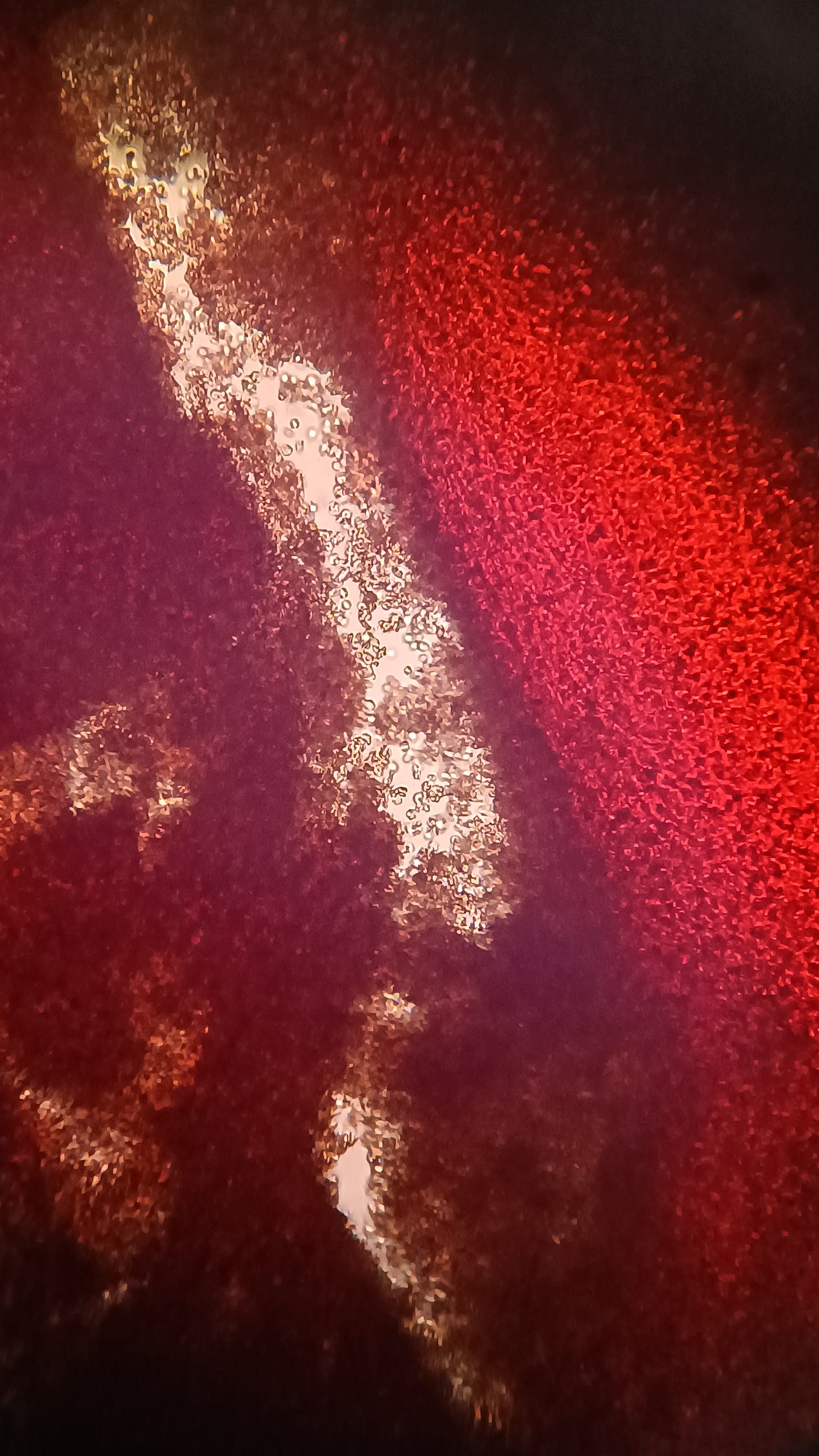
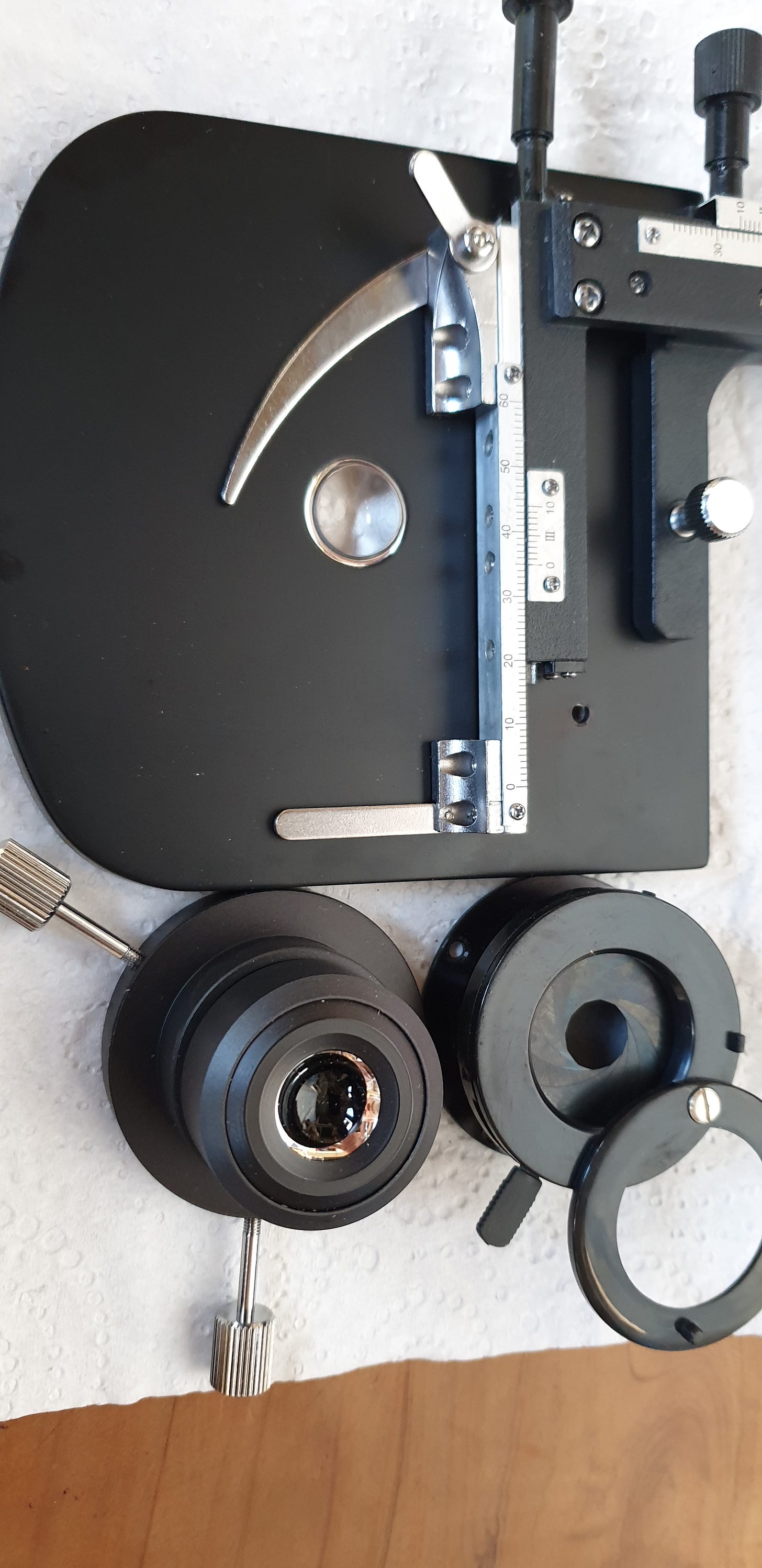
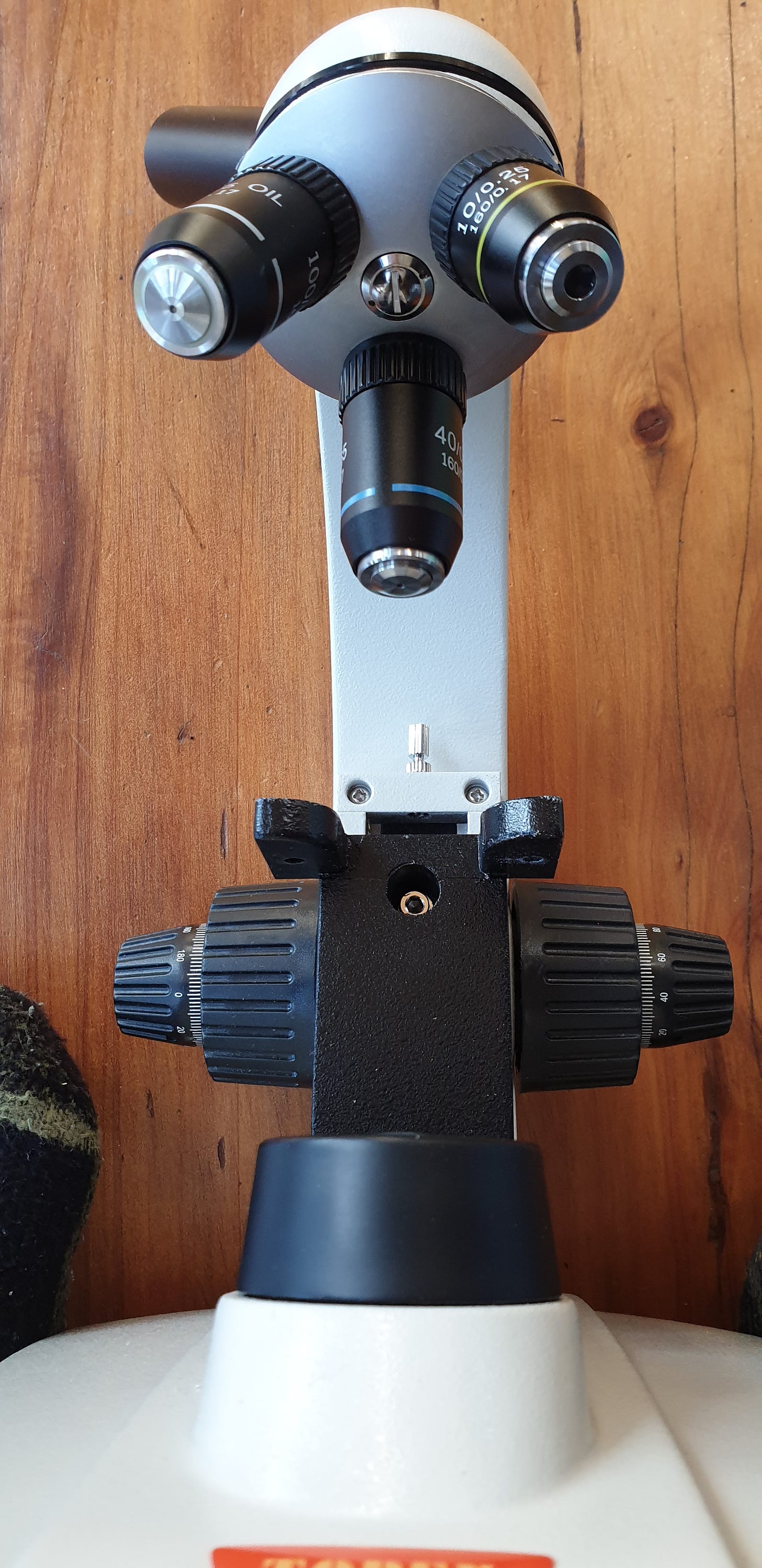
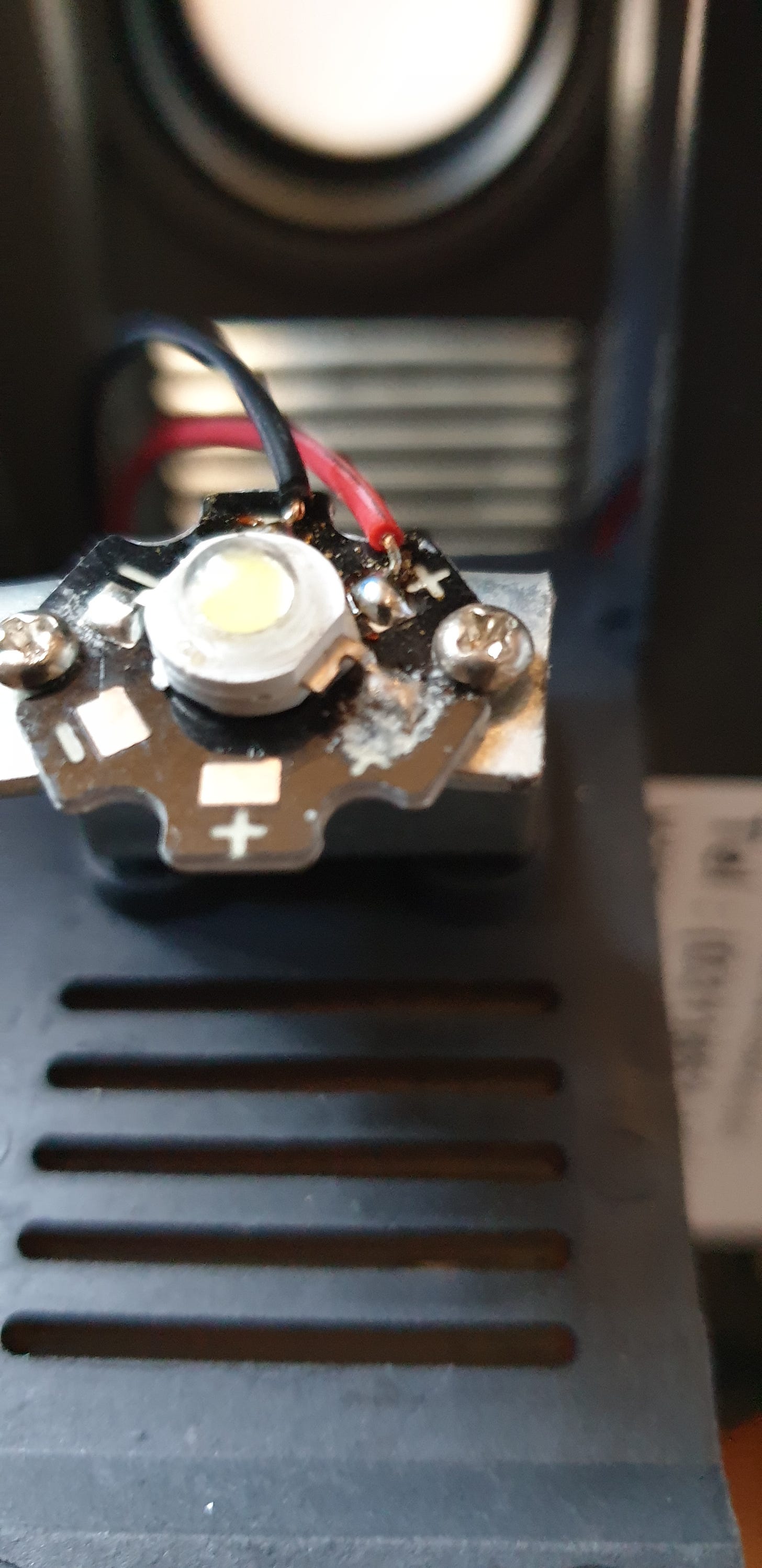
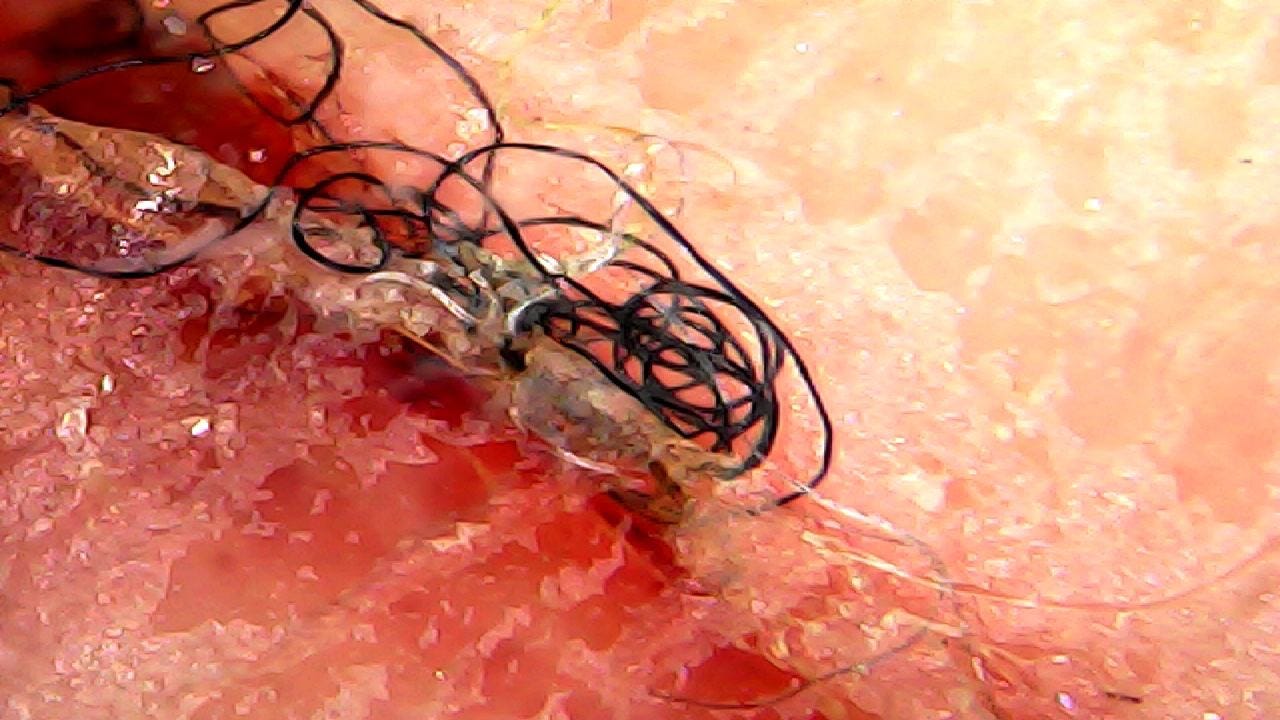
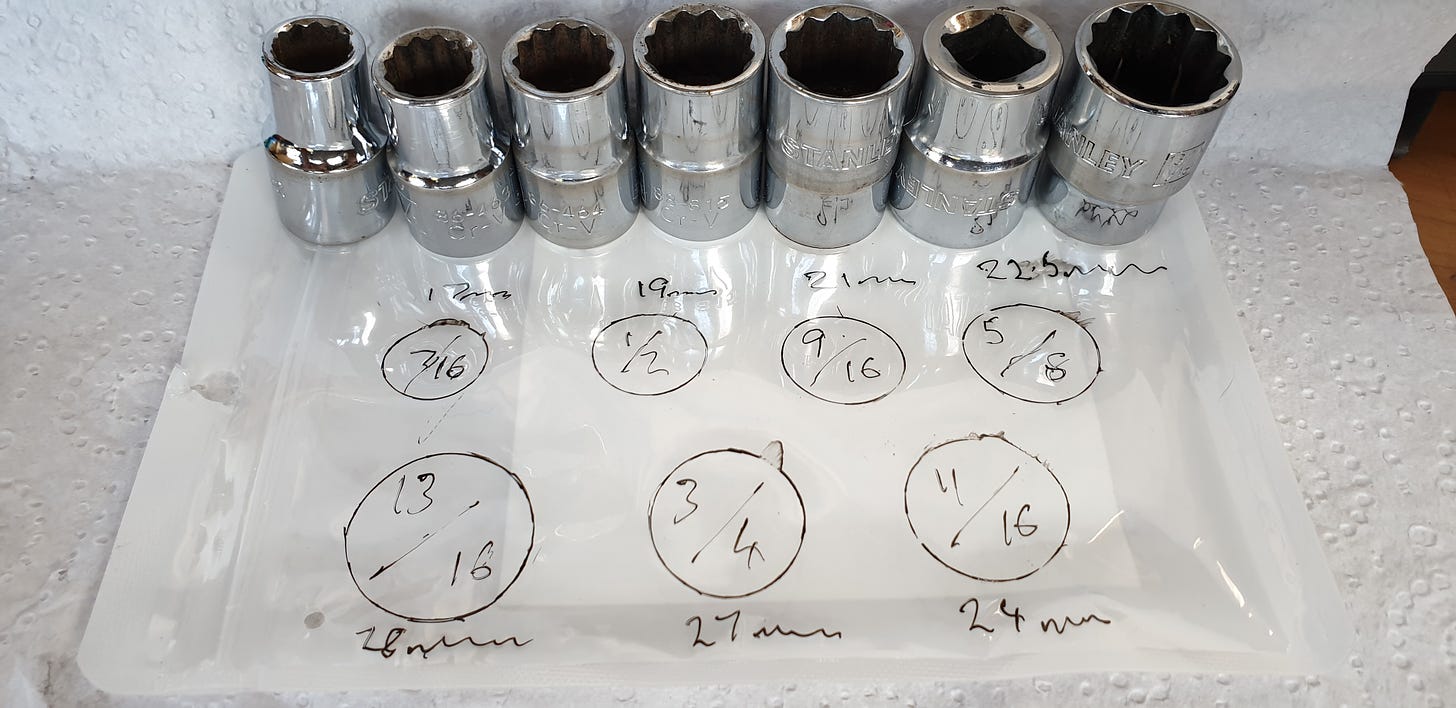
Hello Matt, somebody in La Quinta Columna recommended a microscope Bresser Biolux NV 20x-1280x. What do you think for a beginner? It costs around 150 €..
Grateful for all this info ! My dearest commodity is time, I will investigate and get a simple set up! Can’t believe your micro pro was not familiar with Rife😳. That is disconcerting. Being able to quantify these wee things in real time at home I so look forward to! Never was one to trust too much of the blabber. Probably why I smelled troubles when this whole plan started unfolding.
Many thank my friend 💕